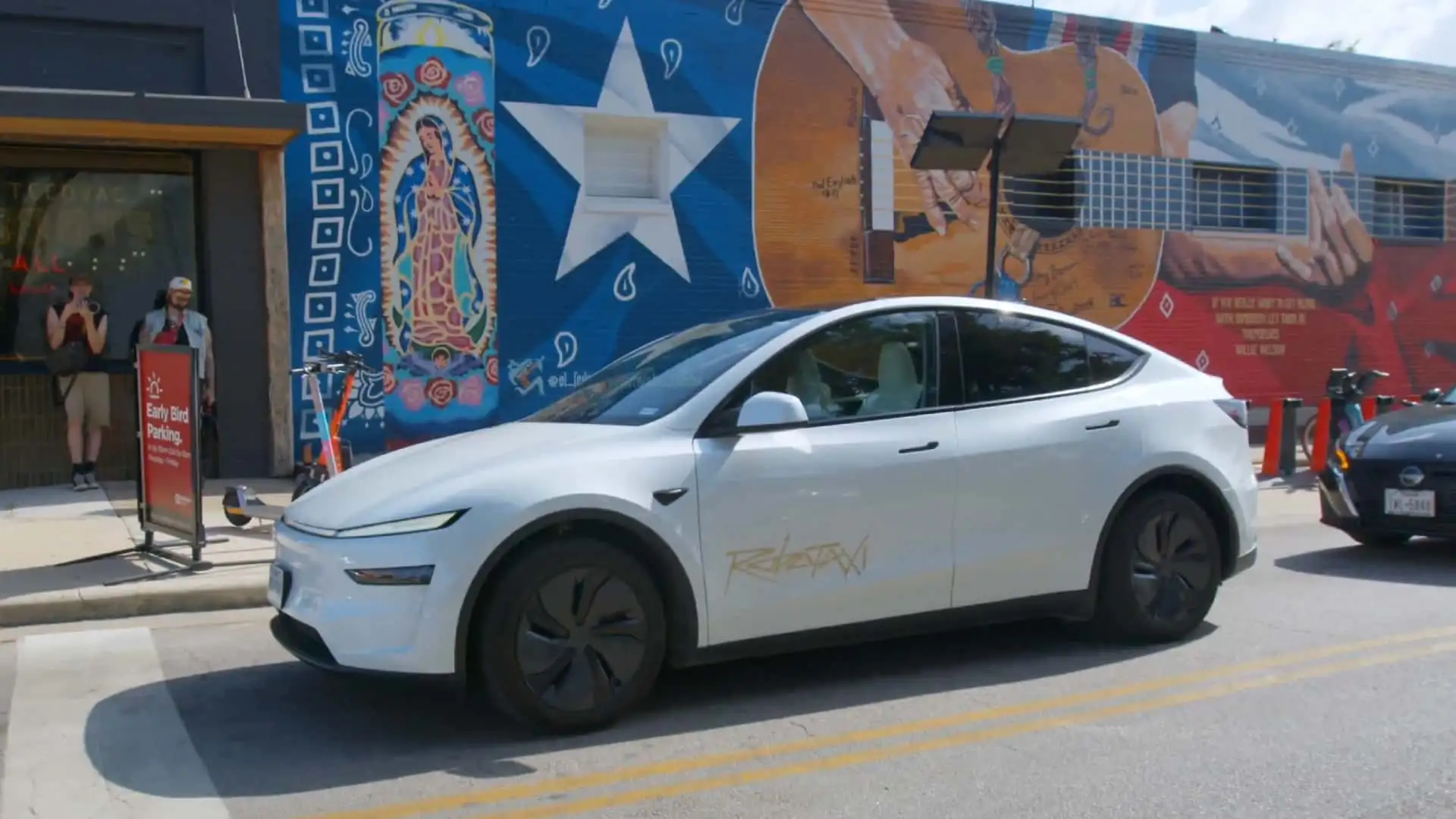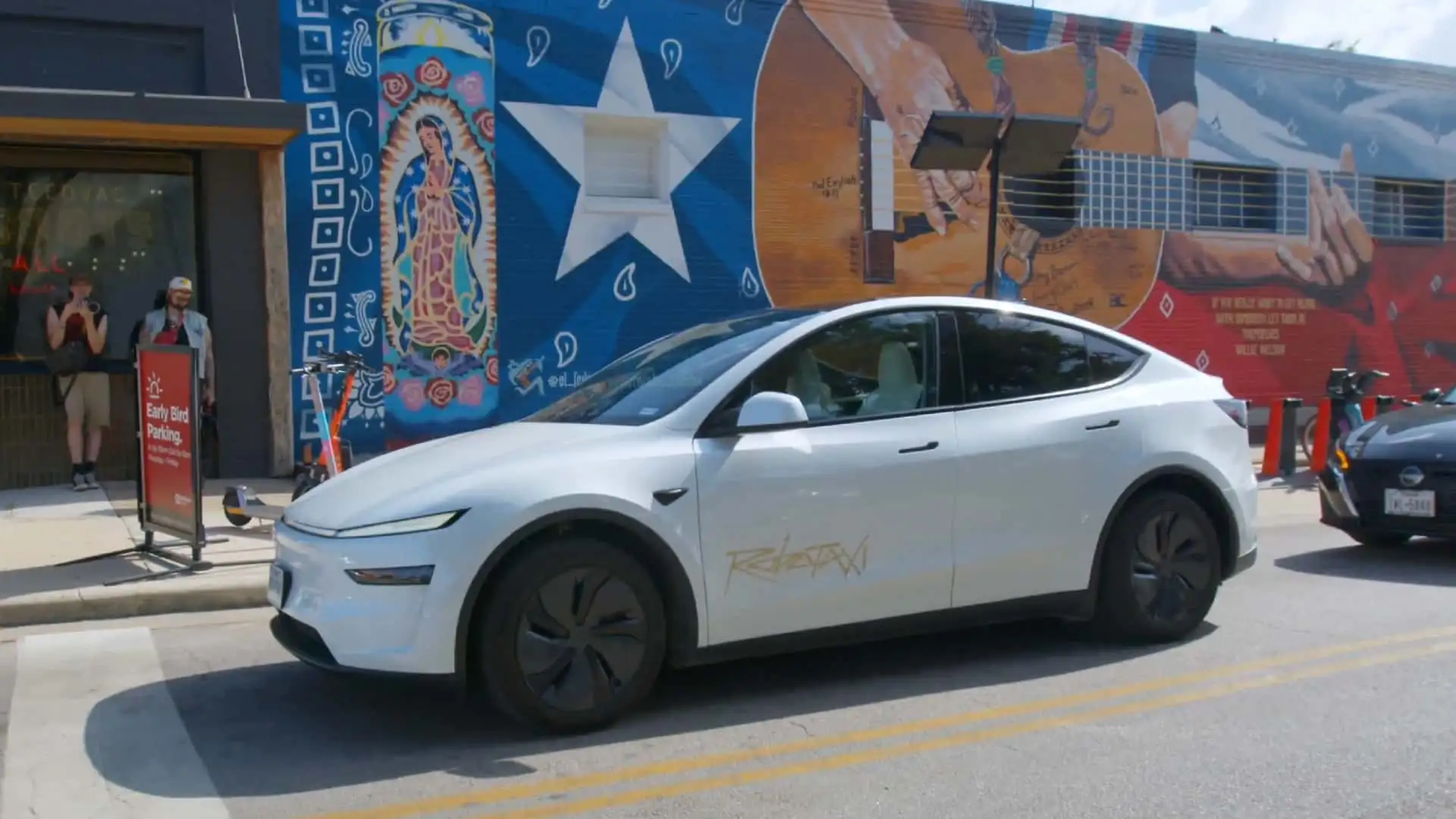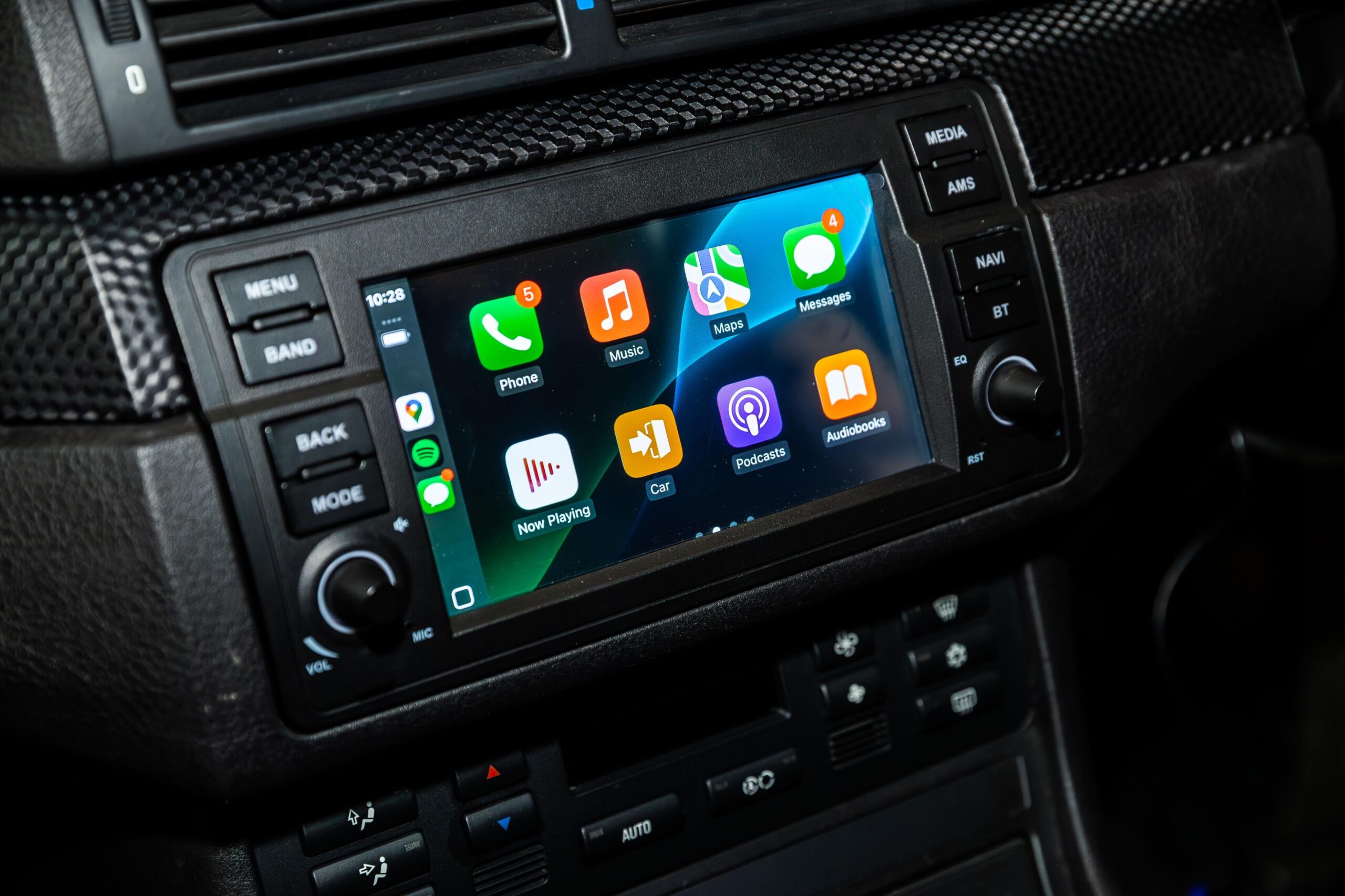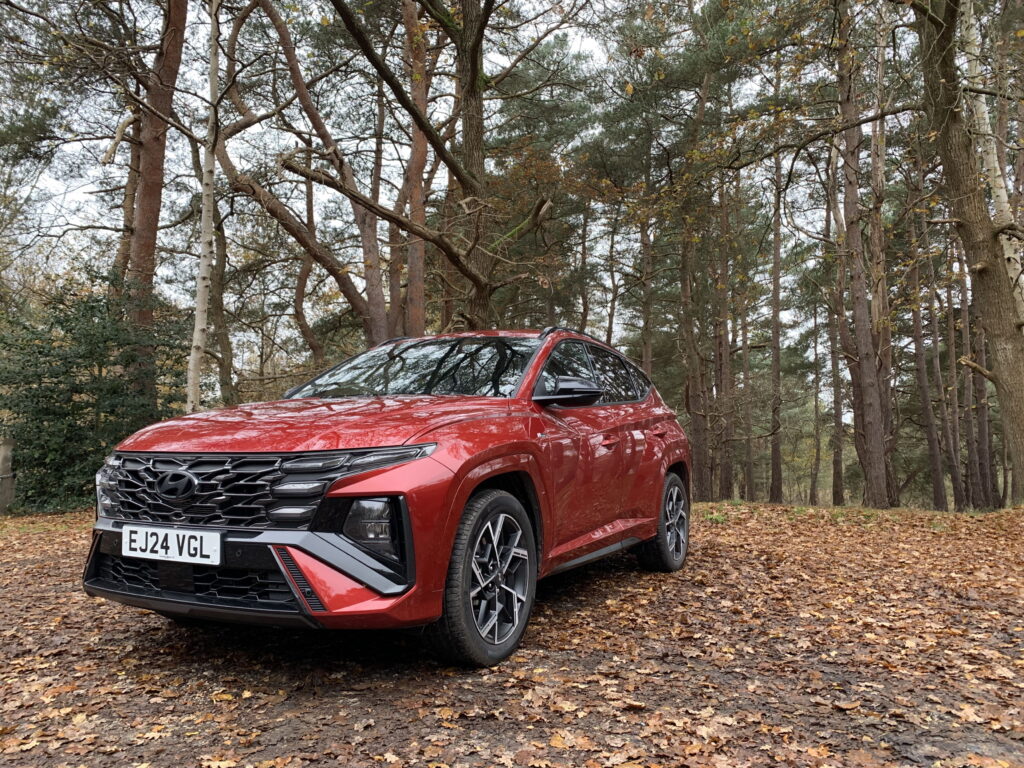
Tesla has officially entered the burgeoning self-driving taxi industry, launching its much-anticipated CyberCab robotaxi service in Austin, Texas, on Sunday.
The debut marks a significant step for the company, though the initial rollout comes with several notable caveats.
Tesla CEO Elon Musk announced on X that the service began Sunday afternoon with a flat fee of $4.20 per ride. However, the service is currently operating on an invite-only basis within a geofenced area of Austin. For this initial phase, the company is utilizing a limited fleet of 10-20 Model Y vehicles, distinctly branded with “Robotaxi” on their sides.
Crucially, the rides are not entirely unsupervised, as safety monitors, who are Tesla employees, are present in the front passenger seat of each vehicle. These monitors are equipped to intervene if necessary, a practice common in the testing phase of autonomous vehicles but unique for commercial service. Additionally, some operations have reportedly included chase cars and remote drivers for extra backup.
The service’s operating hours are from 6 AM to 12 AM daily, consciously avoiding highways, airports, complex intersections, and adverse weather conditions. The designated service area is a relatively small and thoroughly mapped part of Austin, bordered by the Colorado River, Highway 183, Highways 290 and 71, and Zilker Park.
While the current fleet consists of Model Ys, the fully autonomous CyberCab sedan, which lacks a steering wheel or pedals, is in the pipeline with volume production expected to begin in 2026. Musk previously unveiled the CyberCab, along with a Robovan designed for more passengers.
Tesla plans to expand its robotaxi service to Los Angeles and San Francisco after Austin. Musk has also indicated that in the future, Tesla owners will be able to integrate their personal vehicles into the robotaxi fleet when not in use. He anticipates the robotaxi service will “move the financial needle in a significant way” for Tesla by mid to late next year.
Despite a slow start on launch day with some invitees experiencing delays in accessing the app, initial rides have been largely uneventful, with users describing the app interface as “basically Uber.”











Leave a Reply